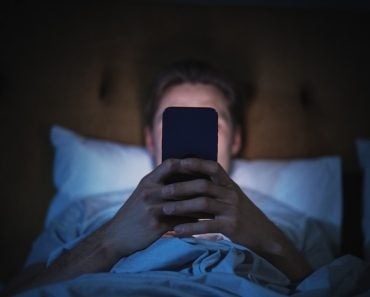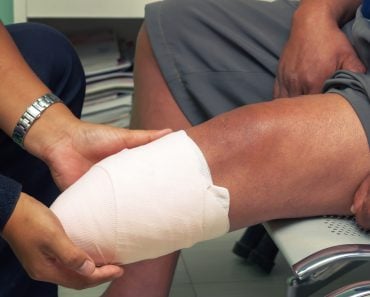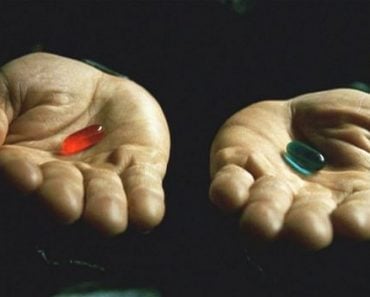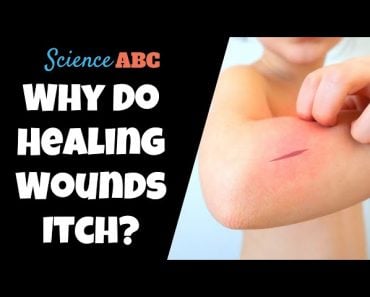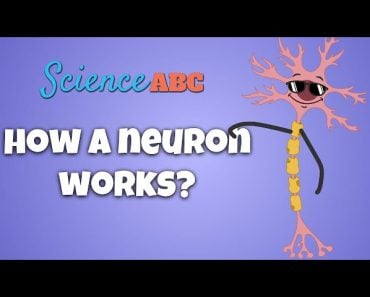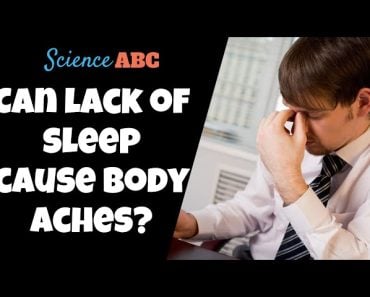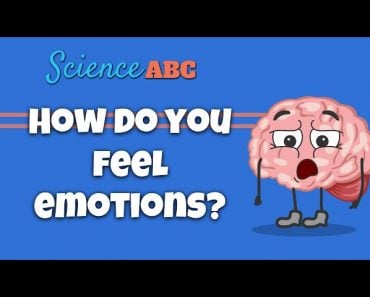Table of Contents (click to expand)
The gate control theory of pain posits that pain signals are modulated by a gating system in the central nervous system, and that the perception of pain by the brain can be influenced by descending nerve impulses from the brain or by ascending signals from peripheral nerves. The practice of ‘rubbing something better’ works by overload the brain with competing sensory information, which prevents pain signals from being appropriately perceived.
Growing up, we get injured or hurt ourselves in so many ways. Playing soccer, riding a bike, or simply sticking our fingers in the hinges of the door just for the heck of it (I’ve seen kids do it, really!)… there are just so many ways in which a child can get hurt. Even as grownups, however, it’s incredibly easy to get hurt in one way or another while doing something as mundane as stapling a bunch of documents together.
The thing is that when you get hurt – and it’s not a serious injury – then you may have observed that you instinctively start to rub the affected area or start shaking it vigorously. More often than not, engaging in this seemingly mindless activity does help alleviate the pain in some ways. Have you ever wondered what’s going on there? Why does rubbing over a painful area in the body help reduce discomfort?
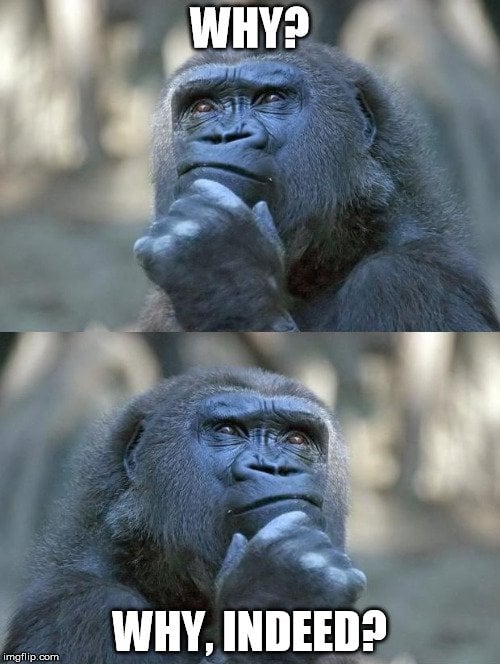
Recommended Video for you:
Gate Control Theory Of Pain
This is a theory regarding how the brain perceives pain from a particular point. According to this theory, non-painful inputs from a particular part of the body close the “gates” to a painful input, which invokes the feeling of a dulled pain from the affected part.
Back in the 17th century, the prevailing explanation of pain was mostly concerned with the Specificity Theory of pain. According to this theory, the experience of pain was believed to be directly and linearly related to the injury, because pain impulses (from the affected region) traveled directly to the brain.
In simple words, this meant that the experience of pain from an injury was thought to be proportional to the physical damage that the body tissue underwent.
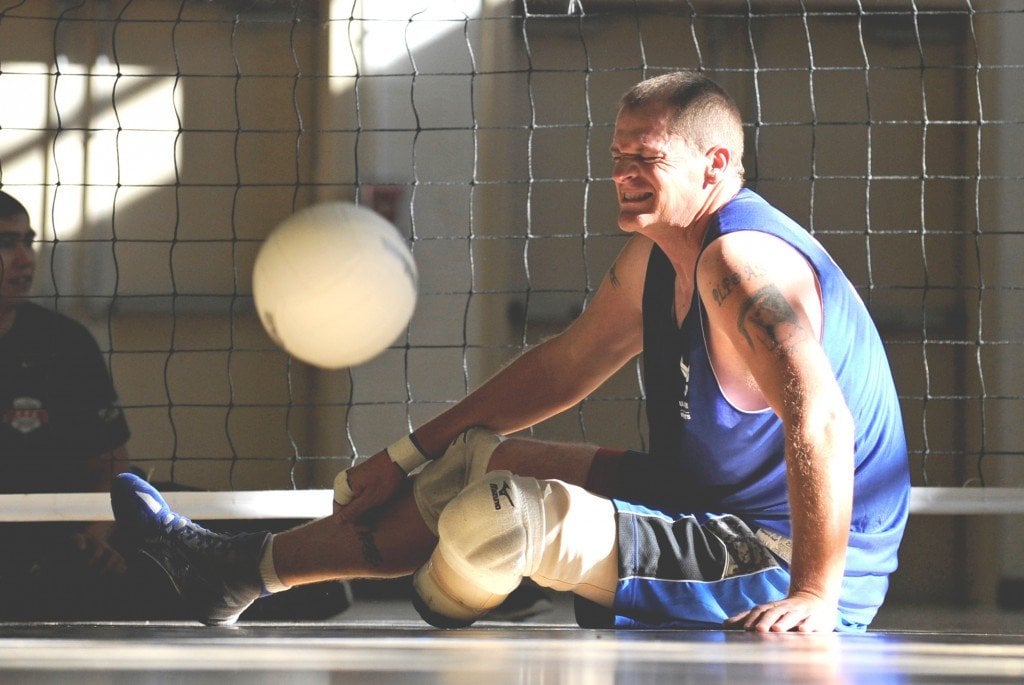
This proposition is not incorrect, but it doesn’t factor in the psychological factors that clearly play an important role in the experience of pain,
Also Read: Why Do We Forget Pain When We’re Engaged In Another Activity?
Melzack And Wall’s Gate Take On Pain Perception
In the year 1965, Ronald Melzack and Patrick Wall proposed the Gate Control Theory of pain, which introduced the world to a whole new perspective on pain perception. Their theory offered a physiological explanation of how human psychology impacted pain perception.
First, let’s take a quick look at the technical definition. According to the Gate Control Theory of pain, the pain signal is transmitted from the peripheral nervous system to the central nervous system. The pain signal is modulated in the central nervous system (in the dorsal horn of the spinal cord) by a gating system, and then transmitted to the brain, which finally ‘perceives’ it.
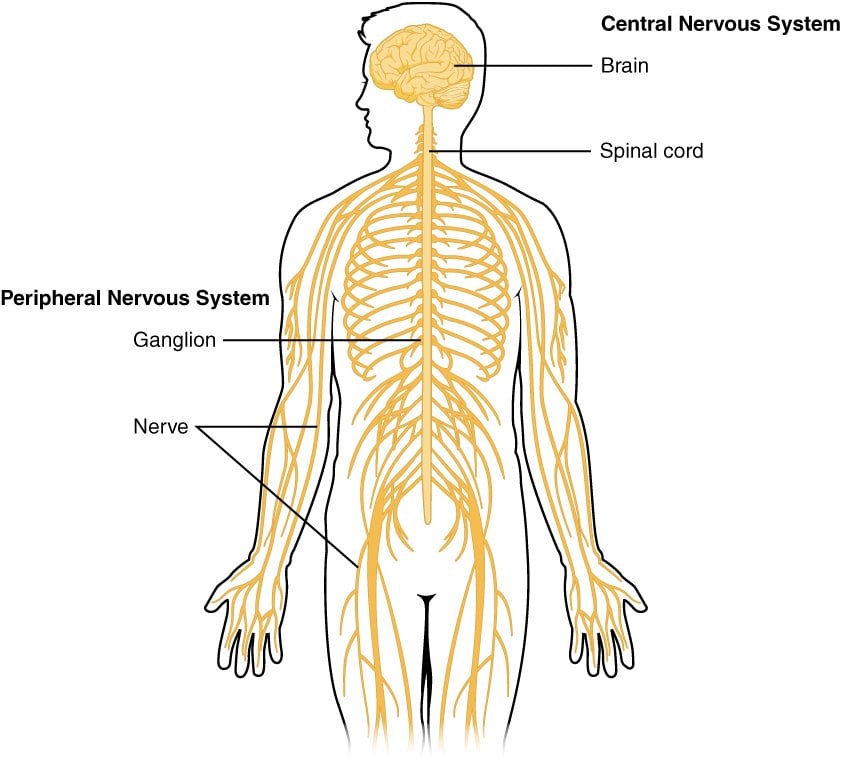
That’s why this theory proposes that the perception of pain by the brain can be influenced (i.e., increased or decreased) if the gating system is impacted.
The aforementioned gating system can be impacted in two main ways; the first relates to descending nerve impulses from the brain that mess with the ascending pain impulses from the affected area. These descending impulses may include cognitive, emotional or psychological factors, such as beliefs, memories, cultural attitudes, or memories of a prior experience in a similar situation.
For example, think of how some people tend to think about positive experiences in their lives to derive courage and endurance while dealing with physical pain.
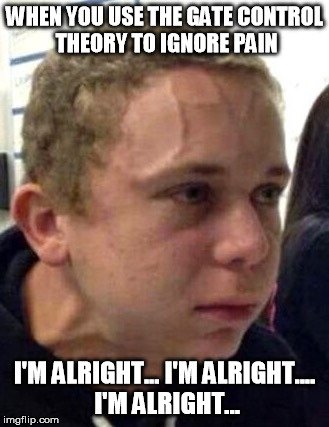
The other way of influencing the perception of pain is to receive ascending signals from peripheral nerves, which represent competing sensory information and mess with the way your brain perceives pain. The practice of ‘rubbing something better’ falls in this category.
Also Read: Do We Feel Pain When We’re Unconscious?
How ‘Rubbing It Better’ Works
Suppose you injured your knee while playing soccer. Instantly, pain signals from your knee travel to the brain, but when you do something else to your knee, like rub or shake it, other sensory signals are fired from the same part of your body, also racing to reach the brain.
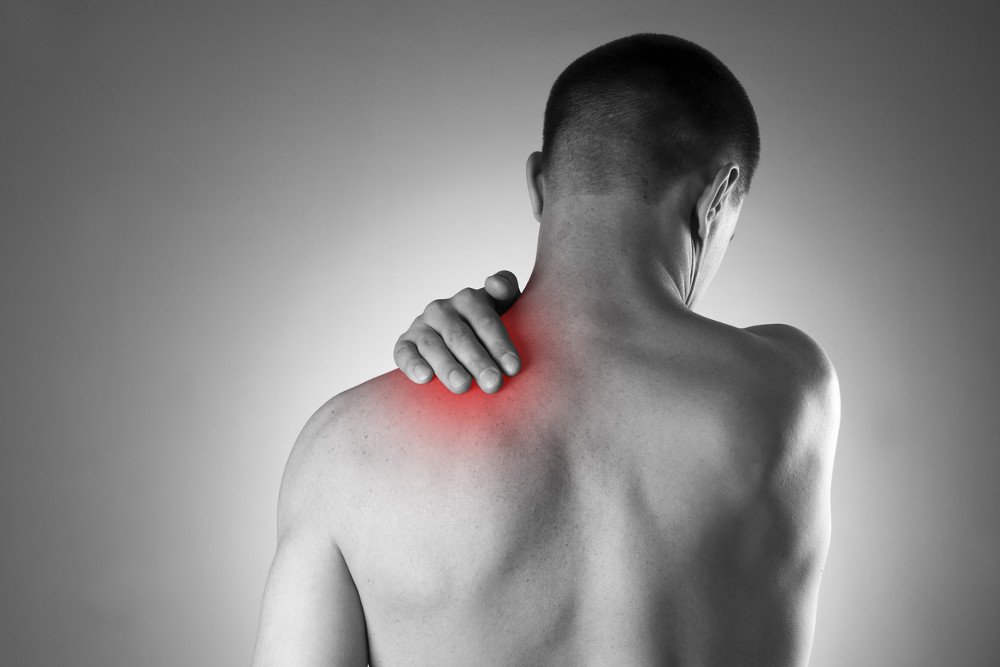
When multiple signals emanating from the same part of the body try to reach the brain, the aforementioned gating mechanism only allows one signal at a time to actually reach the brain. It so happens that stimuli like touch, vibration and pressure get preferential treatment over pain signals.
Another way of saying it would be that rubbing/shaking an affected body part causes other receptors to fire and, in a bid to be perceived, they overload the brain. By doing that, they prevent pain signals from being appropriately perceived by the brain. That’s the reason why the age-old method of “rubbing it better” always seems to work, at least to a certain extent.
References (click to expand)
- Chapter 8: Pain Modulation and Mechanisms. The Texas Medical Center
- Mennuti-Washburn, J. (2007). Gate Control Theory and its Application in a Physical Intervention to Reduce Children's Pain during Immunization Injections. Georgia State University.
- Gate theory - University of Minnesota Duluth. The University of Minnesota Duluth
- Melzack and Wall's Gate Control Theory. Thomas A. Hendricks Library
- Kammers, M. P. M., de Vignemont, F., & Haggard, P. (2010, October). Cooling the Thermal Grill Illusion through Self-Touch. Current Biology. Elsevier BV.



